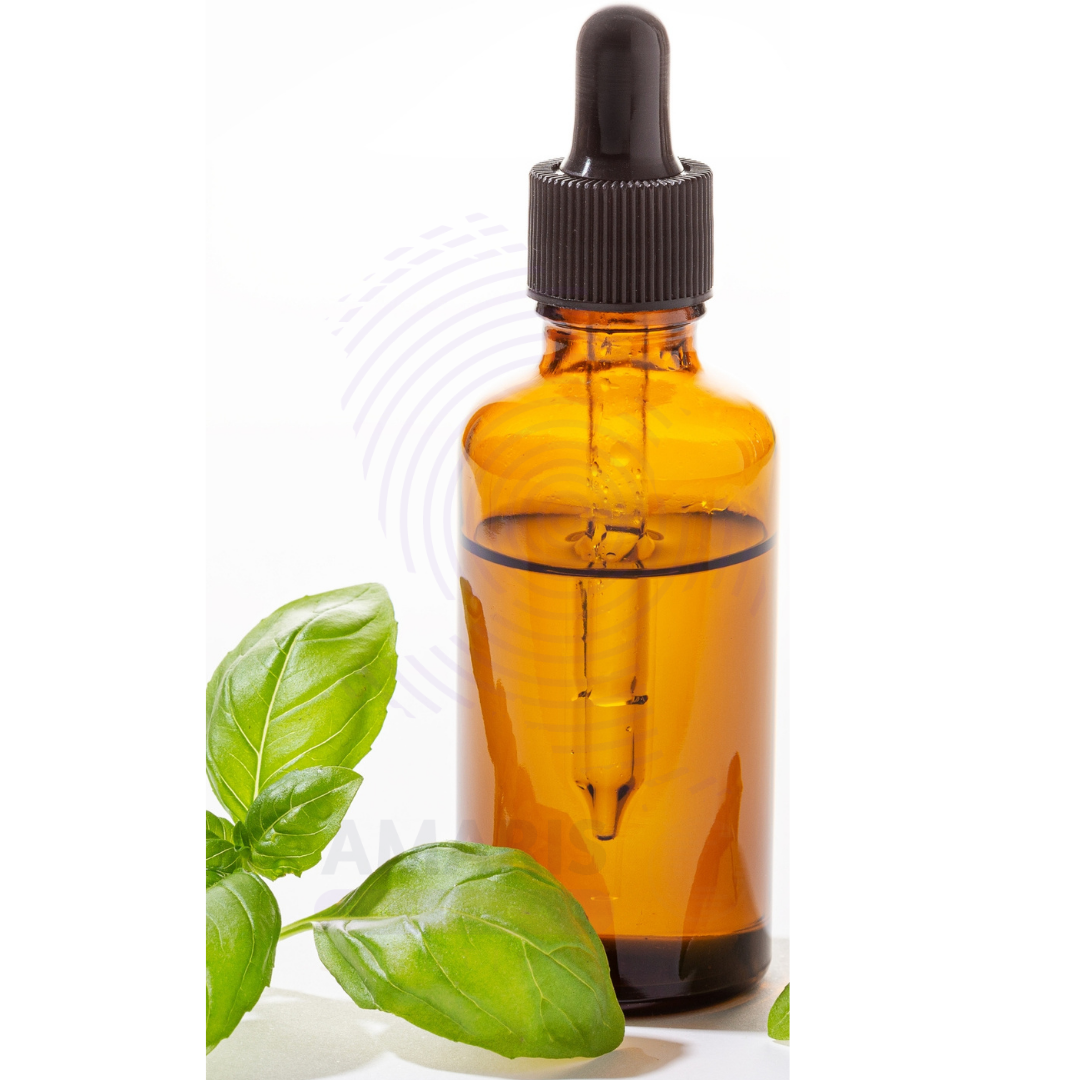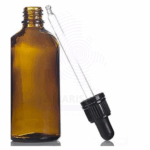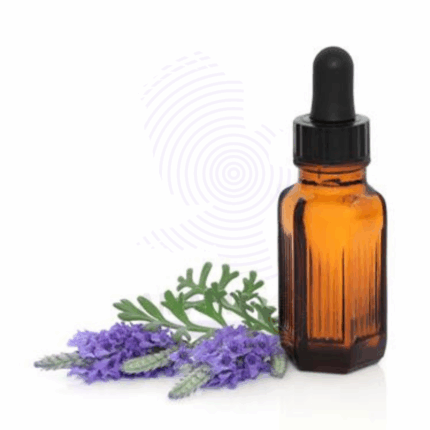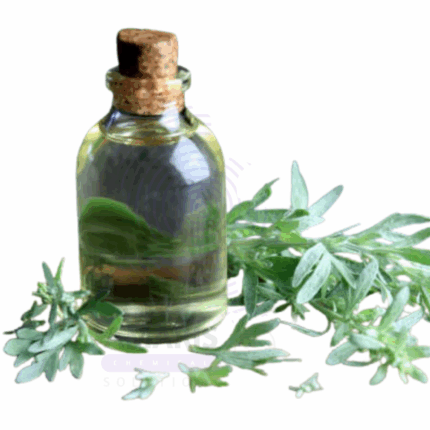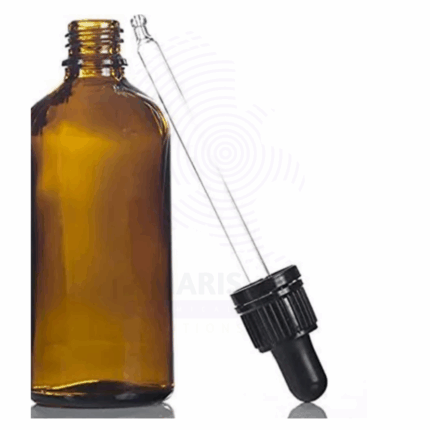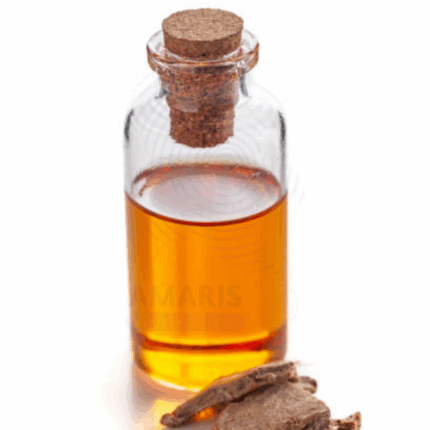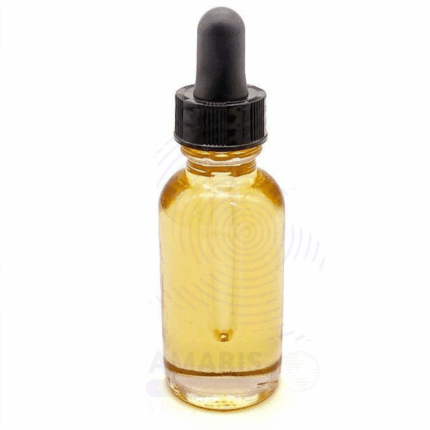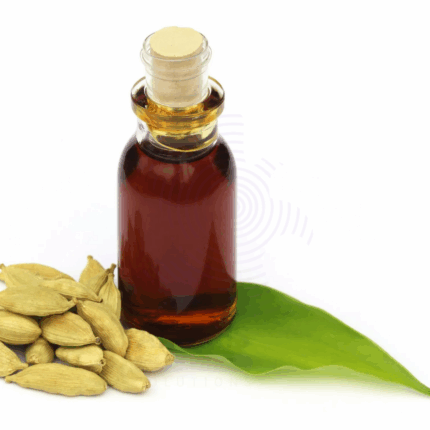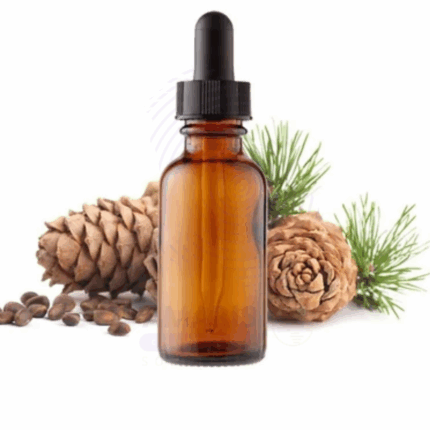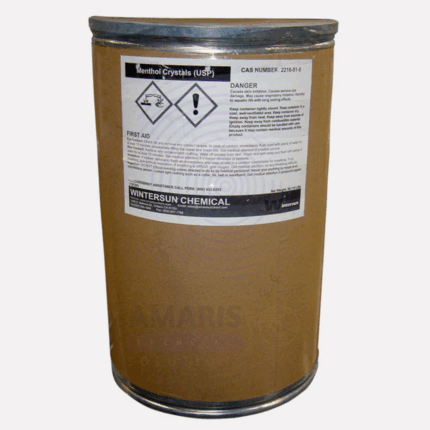Basil sweet oil
Basil Sweet Oil is a high-quality essential oil extracted via steam distillation from the leaves and flowering tops of the Ocimum basilicum plant, known as Sweet Basil. This chemotype is rich in linalool and low in estragole, making it gentler and more suitable for topical use than other basil varieties. With a fresh, sweet, herbaceous, and slightly floral aroma, Basil Sweet Oil is highly valued in cosmetics, personal care, aromatherapy, and natural wellness formulations.
This essential oil is known for its clarifying, uplifting, and antiseptic properties. It supports mental clarity, soothes muscular tension, and offers anti-inflammatory and antimicrobial benefits for skin and scalp. Basil Sweet Oil is especially preferred in formulations targeting sensitive skin and emotional well-being.
Basil sweet oil
Primary Uses
- Cosmetics and Personal Care
- Used in facial serums and creams to support clear, balanced skin, particularly for oily and acne-prone types.
- Added to body lotions, gels, and balms to ease inflammation, redness, and irritation.
- Incorporated into shampoos and scalp oils for clarifying, dandruff control, and scalp circulation.
- Included in deodorants and foot care products for natural antibacterial and refreshing action.
- Used in aftershaves, toners, and men’s grooming products for a cooling and toning effect.
- Blended into baby-safe or sensitive-skin formulas due to its mild nature when diluted.
- Aromatherapy
- Popular in diffuser blends for mental alertness, focus, and clarity.
- Used in emotional balance blends to reduce mental fatigue, anxiety, and nervous tension.
- Blended in massage oils for stress relief and muscular relaxation.
- Fragrance and Perfumery
- Acts as a fresh herbal top note in fine fragrance compositions.
- Used in botanical colognes and body sprays for a green, energizing aroma.
- Combines well with citrus, floral, and woody oils in natural perfumery.
Secondary Uses
- Natural Cleaning Products
- Used in surface sprays and room mists for its antibacterial and deodorizing qualities.
- Adds a clean, green scent to household formulas.
- Herbal and Spa Treatments
- Added to herbal compresses, detox baths, and steam blends for its purifying properties.
- Used in spa oils for aromatherapeutic massages.
- Therapeutic Formulations
- Occasionally found in topical salves and balms for insect bites, minor wounds, or congestion relief.
- Used in muscle relief rubs and oils for inflammation and soreness.
1. Basic Identification Attributes
- Botanical Source: Ocimum basilicum (Sweet Basil)
- Common/Trade Name: Basil Sweet Oil
- INCI Name: Ocimum Basilicum (Basil) Oil
- CAS Number: 8015-73-4
- HS Code: 3301.29
- Synonyms: Sweet Basil Essential Oil, Basil Linalool Chemotype
2. Physical & Chemical Properties
- Physical State: Liquid
- Color & Odor: Clear to pale yellow; fresh, sweet, herbaceous scent
- Solubility: Insoluble in water; soluble in alcohol and oils
- Main Components: Linalool, eugenol, 1,8-cineole
- Refractive Index: 1.490 – 1.510
- Specific Gravity: 0.900 – 0.960
3. Safety & Hazard Attributes
- GHS Classification: Not classified as hazardous
- Toxicity: Low; safe when properly diluted
- Allergen Information: Contains linalool and eugenol (potential allergens)
- Exposure Limits: Follow IFRA guidelines for dermal applications
4. Storage & Handling Attributes
- Storage Conditions: Store in a cool, dry, and dark place away from heat and air
- Container Type: Amber glass or aluminum containers
- Shelf Life: 24 months under proper conditions
- Handling Precautions: Avoid undiluted use on sensitive skin
5. Regulatory & Compliance Attributes
- IFRA-compliant for use in perfumery and personal care formulations
- Approved for cosmetic use under global regulations (EU, FDA, etc.)
- Not intended for ingestion or pharmaceutical use
- Vegan and cruelty-free compatible
6. Environmental & Health Impact
- Biodegradability: Biodegradable
- Ecotoxicity: Low environmental risk in diluted usage
- Bioaccumulation: Not expected
Safety Handling Precautions
- PPE Required: Gloves and eye protection during bulk handling
- Handling Guidelines: Use proper dilution; avoid contact with eyes and mucous membranes
First Aid Measures
- Inhalation: Move to fresh air if discomfort occurs
- Skin Contact: Wash with soap and water if irritation develops
- Eye Contact: Rinse thoroughly with clean water
- Ingestion: Seek immediate medical attention; not intended for internal use
Firefighting Measures
- Fire Hazards: Flammable essential oil
- Extinguishing Media: CO₂, foam, dry chemical
- Special Precautions: Use protective equipment and avoid inhaling combustion vapors
- Hazardous Combustion Products: Carbon monoxide, carbon dioxide


 Preservatives(food)
Preservatives(food) Flavor Enhancers
Flavor Enhancers Acidulants
Acidulants Sweeteners
Sweeteners Antioxidants
Antioxidants Colorants(food)
Colorants(food) Nutraceutical Ingredients (food)
Nutraceutical Ingredients (food) Nutrient Supplements
Nutrient Supplements Emulsifiers
Emulsifiers
 Collectors
Collectors Dust Suppressants
Dust Suppressants Explosives and Blasting Agents
Explosives and Blasting Agents Flocculants and Coagulants
Flocculants and Coagulants Frothers
Frothers Leaching Agents
Leaching Agents pH Modifiers
pH Modifiers Precious Metal Extraction Agents
Precious Metal Extraction Agents
 Antioxidants(plastic)
Antioxidants(plastic) Colorants (Pigments, Dyes)
Colorants (Pigments, Dyes) Fillers and Reinforcements
Fillers and Reinforcements Flame Retardants
Flame Retardants Monomers
Monomers Plasticizers
Plasticizers Polymerization Initiators
Polymerization Initiators Stabilizers (UV, Heat)
Stabilizers (UV, Heat)
 Antifoaming Agents
Antifoaming Agents Chelating Agents
Chelating Agents Coagulants and Flocculants
Coagulants and Flocculants Corrosion Inhibitors
Corrosion Inhibitors Disinfectants and Biocides
Disinfectants and Biocides Oxidizing Agents
Oxidizing Agents pH Adjusters
pH Adjusters Scale Inhibitors( water)
Scale Inhibitors( water)
 Antioxidants(cosmetic)
Antioxidants(cosmetic) Emollients
Emollients Fragrances and Essential Oils
Fragrances and Essential Oils Humectants
Humectants Preservatives
Preservatives Surfactants(cosmetic)
Surfactants(cosmetic) Thickeners
Thickeners UV Filters
UV Filters
 Fertilizers
Fertilizers Soil Conditioners
Soil Conditioners Plant Growth Regulators
Plant Growth Regulators Animal Feed Additives
Animal Feed Additives Biostimulants
Biostimulants Pesticides (Herbicides, Insecticides, Fungicides)
Pesticides (Herbicides, Insecticides, Fungicides)
 Active Pharmaceutical Ingredients (APIs)
Active Pharmaceutical Ingredients (APIs) Excipients
Excipients Solvents(pharmaceutical)
Solvents(pharmaceutical) Antibiotics
Antibiotics Antiseptics and Disinfectants
Antiseptics and Disinfectants Vaccine Adjuvants
Vaccine Adjuvants Nutraceutical Ingredients (pharmaceutical)
Nutraceutical Ingredients (pharmaceutical) Analgesics & Antipyretics
Analgesics & Antipyretics
 Analytical Reagents
Analytical Reagents Solvents(lab)
Solvents(lab) Chromatography Chemicals
Chromatography Chemicals Spectroscopy Reagents
Spectroscopy Reagents microbiology-and-cell-culture-reagents
microbiology-and-cell-culture-reagents Molecular Biology Reagents
Molecular Biology Reagents Biochemical Reagents
Biochemical Reagents Inorganic and Organic Standards
Inorganic and Organic Standards Laboratory Safety Chemicals
Laboratory Safety Chemicals Specialty Laboratory Chemicals(Special Laboratory Equipment)
Specialty Laboratory Chemicals(Special Laboratory Equipment)
 Demulsifiers
Demulsifiers Hydraulic Fracturing Fluids
Hydraulic Fracturing Fluids Scale Inhibitors(oil)
Scale Inhibitors(oil) Surfactants(oil)
Surfactants(oil) Drilling Fluids
Drilling Fluids
 Dyes and Pigments
Dyes and Pigments Bleaching Agents
Bleaching Agents Softening Agents
Softening Agents Finishing Agents
Finishing Agents Antistatic Agents
Antistatic Agents
 Admixtures
Admixtures Waterproofing Agents
Waterproofing Agents Sealants and Adhesives
Sealants and Adhesives Curing Compounds
Curing Compounds Concrete Repair Chemicals
Concrete Repair Chemicals Anti-Corrosion Coatings
Anti-Corrosion Coatings
 Surfactants(cleaning)
Surfactants(cleaning) Builders
Builders Enzymes
Enzymes Solvents (Cleaning)
Solvents (Cleaning) Fragrances
Fragrances
 Electronic Chemicals
Electronic Chemicals Catalysts
Catalysts Lubricants
Lubricants Photographic Chemicals
Photographic Chemicals Refrigerants
Refrigerants Automotive chemicals
Automotive chemicals Pyrotechnic Chemicals
Pyrotechnic Chemicals
 Biodegradable Surfactants
Biodegradable Surfactants Bio-based Solvents
Bio-based Solvents Renewable Polymers
Renewable Polymers Carbon Capture Chemicals
Carbon Capture Chemicals Wastewater Treatment Chemicals
Wastewater Treatment Chemicals
 Pigments
Pigments Solvents(paint)
Solvents(paint) Specialty Coatings
Specialty Coatings Binders/Resins
Binders/Resins Additives
Additives Driers
Driers Anti-Corrosion Agents
Anti-Corrosion Agents Functional Coatings
Functional Coatings Application-Specific Coatings
Application-Specific Coatings
 Fresh Herbs
Fresh Herbs Ground Spices
Ground Spices Whole Spices
Whole Spices Spice Blends
Spice Blends Dried Herbs
Dried Herbs
 Leavening Agents
Leavening Agents Dough Conditioners
Dough Conditioners Flour Treatments
Flour Treatments Fat Replacers
Fat Replacers Decoratives
Decoratives Preservatives(baking)
Preservatives(baking)
 Plasticizers & Softeners
Plasticizers & Softeners Reinforcing Agents
Reinforcing Agents Adhesion Promoters
Adhesion Promoters Vulcanizing Agents
Vulcanizing Agents Antidegradants
Antidegradants Blowing Agents
Blowing Agents Fillers & Extenders
Fillers & Extenders Accelerators & Retarders
Accelerators & Retarders